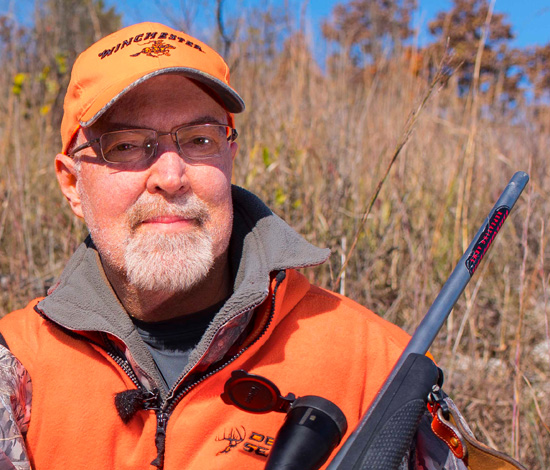Timing of Antler Shedding by Grant Woods
The amount of daylight begins increasing December 22nd each year. This triggers the potential for a buck’s hormones to change.
The timing of antler shedding is determined by changes in hormones, primarily a reduction in testosterone, normally triggered by increasing day length. However, injury or other factors that impact testosterone levels can affect the timing of antler shedding for individual bucks.
Preventing cookies from being stored on your device may interfere with your ability to view video content.
You can adjust your cookie setting by clicking the button below.
Antlers shed due to a decrease in testosterone and the impact this has on the special cells that bind antlers to the buck’s pedicles.
It’s important to note that increasing day length only allows the testosterone level in bucks to change. It isn’t the sole cause. If the bucks are healthy, they often retain a testosterone level above the threshold that causes antlers to shed for weeks, even months, after December 22nd.
Even in areas with good habitat some bucks shed early. This is often because those bucks were in poor condition caused by reduced body weights, injuries, being recently whipped by another buck, etc. It’s usually obvious based on trail camera pictures or direct observations when most bucks shed in a specific area.
A buck’s age is not a huge factor in timing of shedding. The buck in this video is approximately 7 years old based on trail camera pictures. He appears to be in good shape and there is high quality habitat where he lives. It will be interesting to see how long this buck holds his antlers now that harsh winter weather has occurred at my farm.
Growing and Hunting Deer together,
Grant




